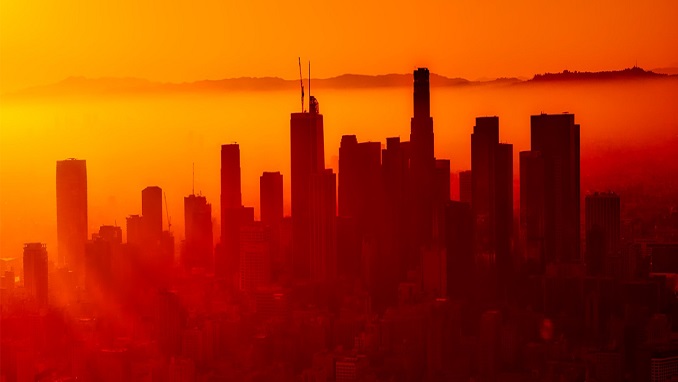
Americans may soon be living in an entirely new climate. New analysis shows the climate crisis will push 16 cities at risk of having summer temperatures on par with the Middle East by the end of the century.
Heatwaves have crashed across huge swaths of the United States this summer. Nearly one-third of the American population is under some kind of heat advisory.
Temperatures have been driven as high as 115 Fahrenheit in parts of the Great Plains. Boston hit 100 degrees, and Portland reached 102.
Global heating may get worse and worse across the United States, with heat extremes that were previously unthinkable becoming the future. Cities’ climates will turn into conditions now common in places much further south, or even far overseas.
Climate Central published a new analysis of temperature trends, which found that summer temperatures in 2011 will be more like conditions in the south, on average 437 miles south.
Washington, DC will have summers like Austin, Texas. Boston will soon feel like Philadelphia. Billings, Montana will resemble El Paso, Texas.
But the climates of some American cities will become even more foreign, resembling climates now experienced by cities in other countries.
Los Angeles will feel like Tuxpan, Mexico. Austin will feel like Dubai, Phoenix will resemble Saudi Arabia, Palm Springs will be like Erbil, and Las Vegas will get similar to Kuwait. Other cities across the south, such as Texas and Arizona, will also have temperatures like Middle Eastern cities.
Climate Central is a research organization made up of climate scientists and science communicators. Climate Central spokesperson Peter Girard said, “The real risks will be in heatwaves that are now occasional extremes that will start lasting longer.”
“These sort of heatwaves will become normal and the dangers will be far more present. There will be people who have never needed air conditioning who will face this. It can quickly go from uncomfortable to dangerous,” Girard said.
The analysis was conducted by gathering temperature data from 1990 to 2020 to establish today’s “normal” temperature and researching 20 different projections of temperatures this century under different climate change scenarios.




Be the first to comment